How to remember the value of each of the roman numerals
The Romans needed to develop a way to communicate numbers and values and they started by using symbols based on their hands.
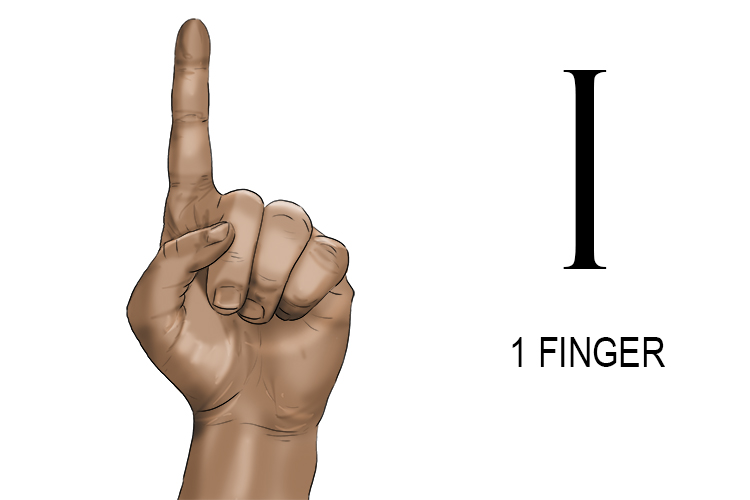
A single line or `I` referred to one unit or finger (the number one).
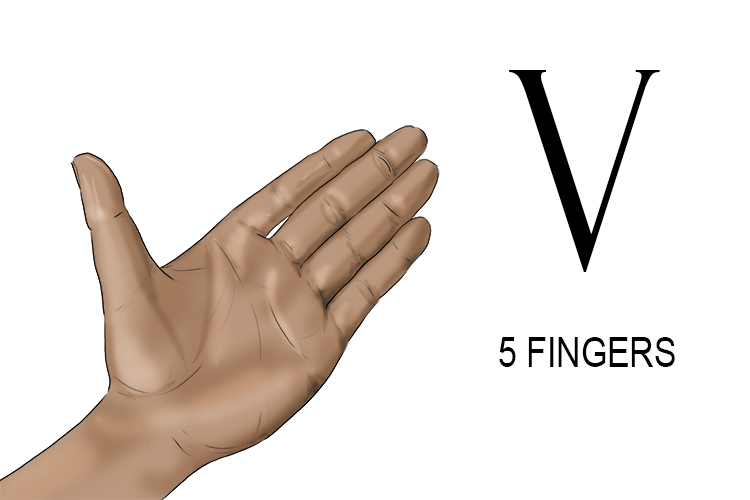
The `V`-shape made by the thumb and forefinger represented five fingers (the number five).
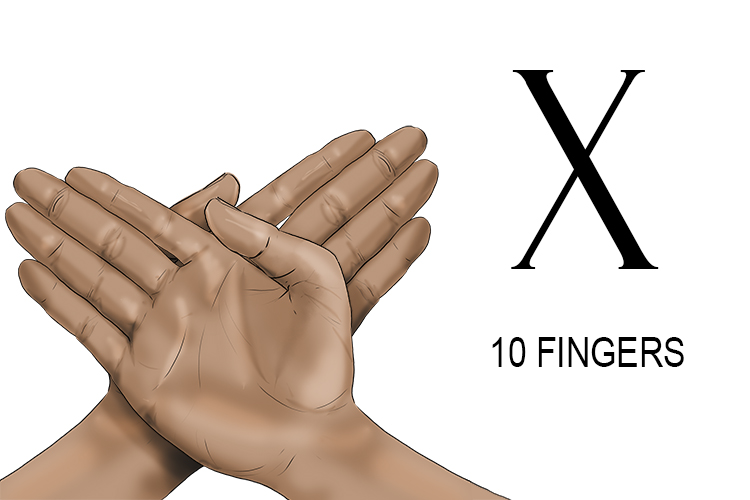
`X` equals two hands, representing ten fingers (the number ten).
There is lots of speculation as to how the Romans came to choose the letters `L`, `C`, `D` and `M` but in order to remember them, we at Mammoth Memory have come up with the following:
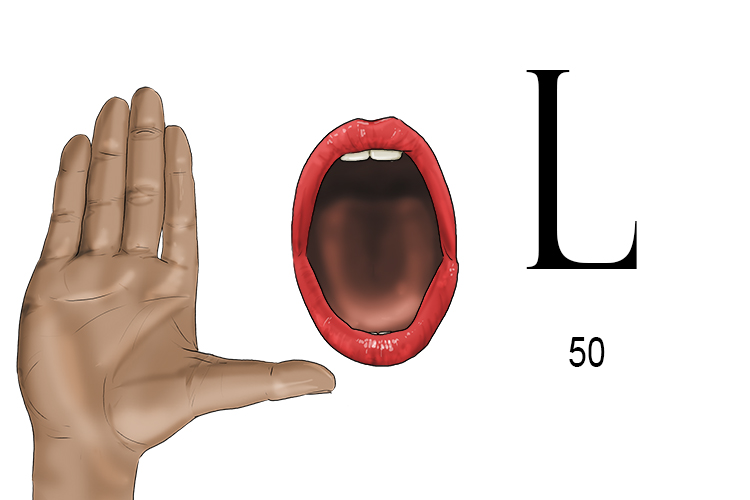
`L` shape with five fingers next to an open mouth reminds you that an `L` means fifty.
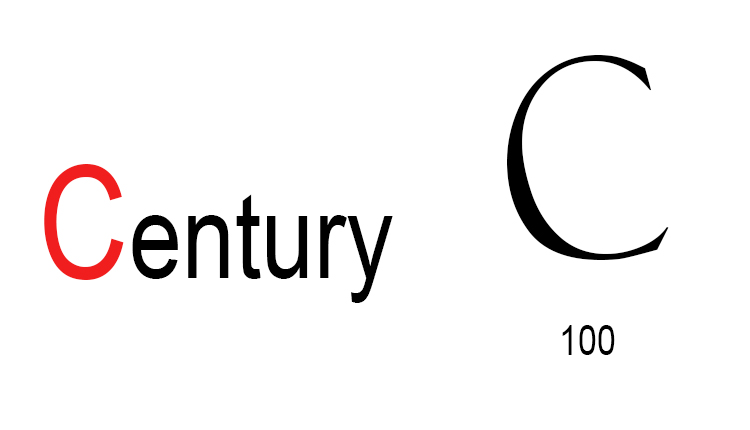
`C` stands for 'centum' – the Latin word for a hundred, which we often call a century (one hundred).

`D` stands for the Daytona 500 (five hundred). The Daytona 500 is a 500-mile long stock car race regarded as the most important and prestigious race on the NASCAR (National Association for Stock Car Auto Racing) calendar, carrying by far the biggest prize. It is also the series' first race of the year.
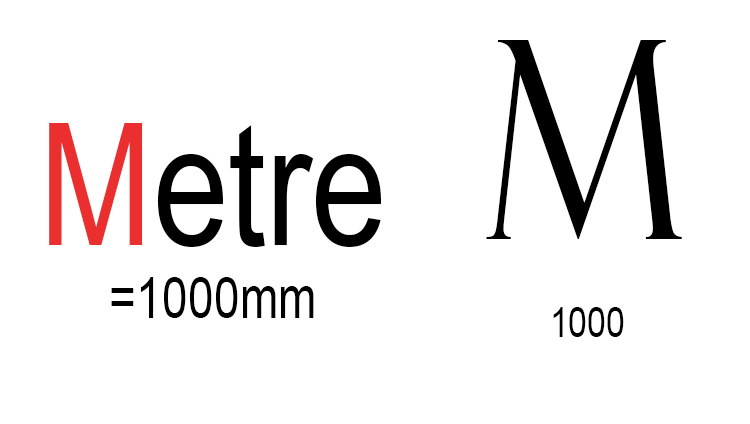
`M` stands for metre and there are 1000 (one thousand) millimetres in a metre.
Summary:





